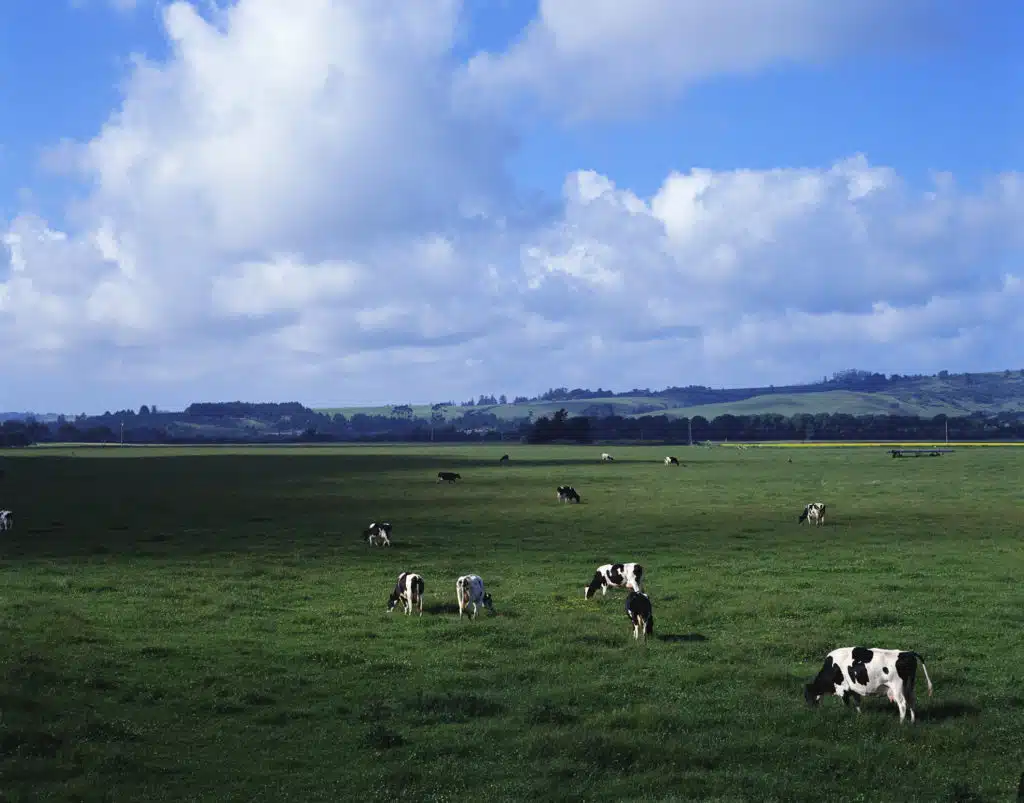An earlier test to save cattle from the toxic effects of a common fungi—and farmers millions of dollars—has been developed by Victorian researchers.
“This tool will be useful for plant breeders to see if grasses are toxic, before they sow the seeds in field trials. It will fast-track choosing better pasture in plant breeding programs for the dairy, meat and wool industries, and reduce the need for expensive animal field trials,” says Priyanka Reddy, a PhD candidate at La Trobe University and Agriculture Victoria who is leading the work.
“Currently in Victoria, toxins are only identified in field trials—when the grass has already been sown and animals start to show tremors.”
The fungi that produce these toxins are naturally occurring in most pastures. Some of the chemicals they create have benefits, such as deterring insects that would eat the grass.
But the range of toxins the fungi produce can cause illnesses in farm animals. One such illness is ryegrass staggers, which is estimated to cost around $100 million each year in lost animal production in Australia.
So Priyanka extracted the major toxin that causes ryegrass staggers, lolitrem B, and several chemicals involved in its production, from infected perennial ryegrass. Her team then used different concentrations to find the level that these chemicals become toxic.
Next, Priyanka’s team plans to expand the test to screen for other toxins.





 Fresh Science is on hold for 2022. We will be back in 2023.
Fresh Science is on hold for 2022. We will be back in 2023.